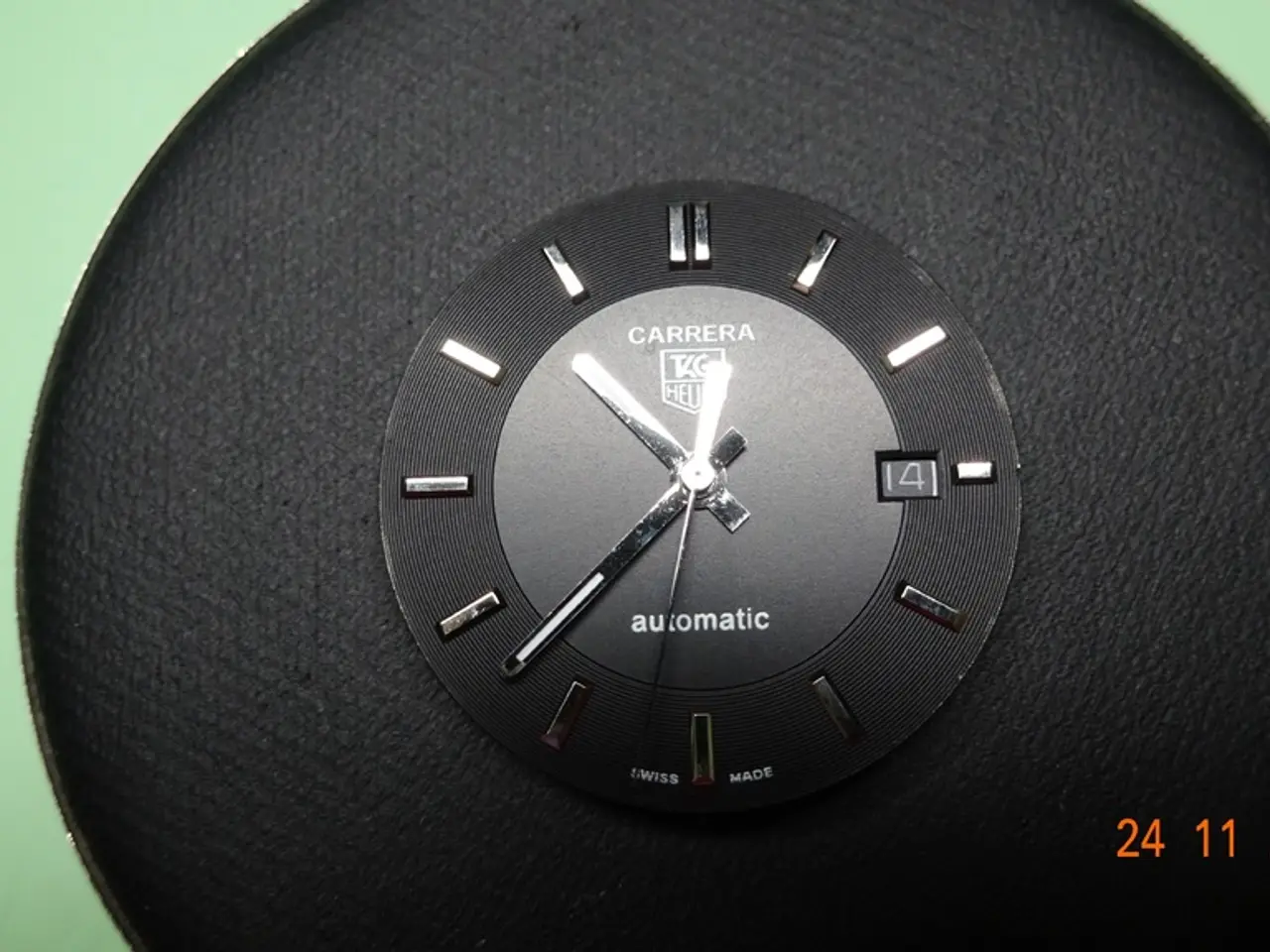Breakthrough reached in precision timekeeping: World's most precise clock now sets new record.
In a groundbreaking development, the world of timekeeping is set to change drastically with the advent of optical atomic clocks. These new generation timekeeping instruments, detailed in a study published in Physical Review Letters, promise to surpass the capabilities of traditional atomic clocks by a factor of a thousand.
The principle behind these optical atomic clocks lies in their use of ultra-stable atomic optical transitions as a frequency reference. This provides unprecedented precision and stability, enabling advancements across various domains, including fundamental physics, metrology, navigation, geophysics, and quantum technology.
Optical atomic clocks operate by measuring the frequency of light absorbed or emitted during electron transitions in atoms, specifically in the optical (visible or near-visible) range. The high-frequency optical transition serves as the reference "pendulum" of the clock. To achieve this, a laser is used to probe an electron transition in an atom or ion, which is trapped and isolated from environmental interference. Techniques like laser cooling and trapping reduce atomic motion, minimizing Doppler shifts and other disturbances, enabling extremely precise measurement of the transition frequency. Optical frequency combs then convert this optical frequency to a countable microwave frequency, effectively linking the optical clock signal to conventional electronics.
This new precision far exceeds that of conventional atomic clocks and opens up new possibilities. For instance, optical atomic clocks could detect minute variations in fundamental constants, test general relativity to unprecedented accuracy by measuring gravitational time dilation at very small height differences, and explore the interface of quantum theory and gravity.
In terms of practical applications, the superior precision of optical atomic clocks could significantly enhance GPS and other satellite navigation systems. They also allow measurement of Earth's gravitational potential differences via relativistic time dilation, enabling high-precision mapping of the geoid and changes in Earth's shape or mass distribution. Additionally, extremely stable timing improves synchronization for communication networks and fundamental timing infrastructure.
Optical atomic clocks integrated with quantum networks could enable new forms of quantum sensing and time distribution, potentially leading to breakthroughs in fundamental tests and applied technologies. Recent experimental proposals and developments involve integrating optical atomic clocks with quantum networking to test fundamental physics, such as how entangled clocks behave under different gravitational fields and to potentially unify quantum mechanics with gravity.
The development and application of optical atomic clocks could have wide-ranging implications for various industries, including telecommunications, finance, and navigation. In particular, they could play a crucial role in space exploration by enabling missions to be carried out with a precision never before achieved.
Researchers have already achieved an unprecedented precision of 8.1 parts per tenth of a billionth of a billionth with optical atomic clocks. This offers a unique opportunity to test physical theories with unprecedented rigor, particularly Einstein's general relativity. The advent of optical atomic clocks marks a new era in time measurement with unprecedented precision.
Read also:
- Renewable marine fuel with a reduced carbon footprint will be supplied by Seaspan, a newly-established collaborator in the climate movement.
- Anticipated Arrival of Additional 150 Electric Buses by BVG Next Year
- Commemorating Hiroshima and Nagasaki: A Reflective Look Back at Nuclear Disasters
- Enhancing public transport: Novel advancements and refinements in Saudi Arabia's bus system








